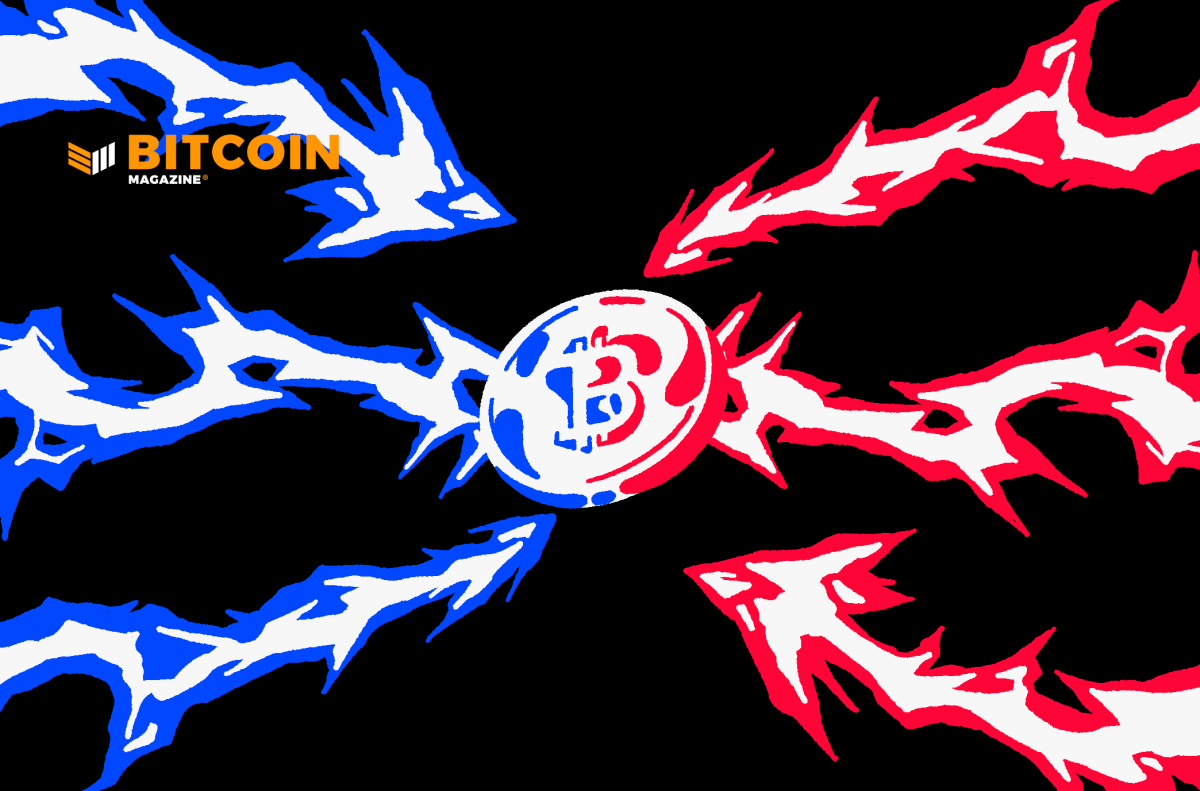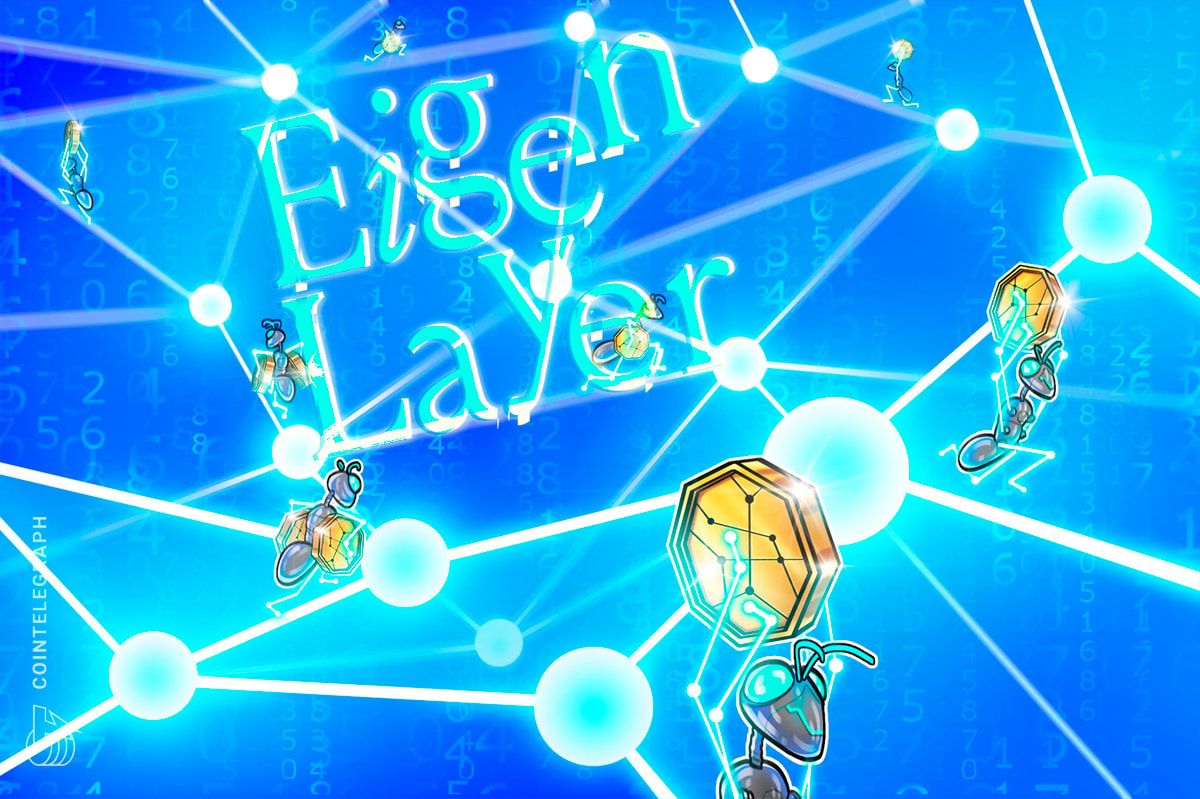Digital collectibles, which now exist as nonfungible tokens (NFTs), continue to be released to the market at an unprecedented rate. Unfortunately, the sheer number of new projects makes it difficult for investors to determine which projects are worth the investment. For this reason, many consider the asset's rarity to be a determining factor in how valuable a piece is and how highly sought after the project will be by investors.
The caveat is that NFTs, which are designed to be one-of-a-kind or unique by nature, may become subject to duplication, with data being transformed (cropped, rotated, stretched) or subject to tiny additions that would make a once valuable collector's item a poor knockoff. Therefore, to guarantee digital collectibles' authenticity and rarity, the onus is on the collector or creator themselves to determine or prove the asset's unique worth.
Pastel Network is an NFT-focused blockchain recognized for being a fully decentralized, developer-friendly layer-1 solution serving as the preeminent protocol standard for Web3 technology. The resulting blockchain was built with the intention to address inefficiencies, scalability issues and affordability concerns currently faced by NFT decentralized applications (DApps) that exist on other blockchains. Operating with the NFT space in mind, the project can integrate its technology with any native layer-1 blockchain and layer-2 DApp –– its advanced technology available via APIs such as Pastel's Sense Protocol for Near-Duplicate NFT Detection.
The Sense Protocol enables users to measure the relative rareness of an NFT and to certify its authenticity, thus serving to protect creators and collectors from counterfeits, fraud and scammers. This one-of-a-kind protocol is a powerful duplicate detection system for NFTs on the Pastel Network, with the ability to recognize the subtle similarities between two digital collectibles.
Due to the highly technical nature of the offering, Pastel Network has released a public demo version that visually illustrates the technology's tangible benefits for users. Namely, prior to the release of Sense, creators and collectors had no simple way to identify an asset's rarity, a gap in the market that few beyond the DeFi veteran group may understand without educational material rounded out with a public demo.

Verification through an NFT fingerprint
The Sense Protocol leverages deep learning models to transform each NFT into a multi-dimensional fixed list of numbers (known as the NFT fingerprint vector). The algorithm then assesses the likelihood that a given fingerprint is a duplicate by comparing it to a database of existing fingerprints.
In addition to Sense identifying duplicates and thus effectively eliminating instances of fraud, the protocol determines digital collectibles’ real value. Consider that if the value is directly correlated to rareness, any additional level of authentication will ensure that NFT creators will be appropriately recognized for their contributions. For example, if another creator were to create something similar to the original design, their work would not achieve anything close to the same rareness score of the original NFT.
Put into practice, assets are attributed with a rareness score between 0.00% to 100.0%, indicating the probability that an NFT is a duplicate relative to any previously registered NFT. “Rare” badges are then issued for any asset with a greater than 75% rareness score. These values are only one of the Sense outputs that a user will be able to find for a registered NFT.
Others include the top-10 most similar table, NSFW Score and Analysis, rare on the internet results, fingerprint vector heatmap, IPFS link to full Sense Protocol Results and a SHA3-256 hash of full Sense Protocol results.

Since the startup intends to change the game for the NFT ecosystem, Sense is joined by Pastel’s other known protocol, Cascade. Cascade exists as a decentralized storage layer built on the Pastel Network, with the ability to enable users to store data permanently, paying a single upfront fee. Effectively, this offering solves the lack of permanent decentralized storage plaguing the market today.
Changing the NFT game
Solidifying the team’s position in the industry is a series of partnerships with Nervos Network, TomoChain, onXRP, and participation as a speaker at major conferences, including Decrypt’s Ethereal Summit, Token2049 and NFT NYC.
Looking forward to another year, the team behind the Sense Protocol is focusing on expediting development releases for a number of internal projects, including Cezanne, Monet, Van Gogh and Kubo, alongside efforts to build stronger blockchain bridges on Ethereum (ETH), Solana (SOL), Avalanche (AVAX), Polkadot (DOT) and Polygon (MATIC).
Disclaimer. Cointelegraph does not endorse any content or product on this page. While we aim at providing you with all important information that we could obtain, readers should do their own research before taking any actions related to the company and carry full responsibility for their decisions, nor can this article be considered as investment advice.











